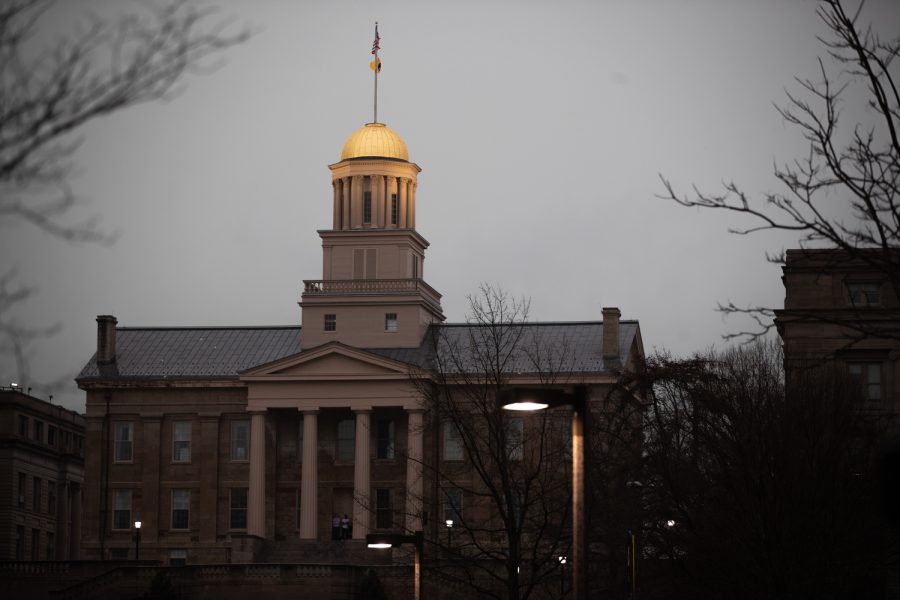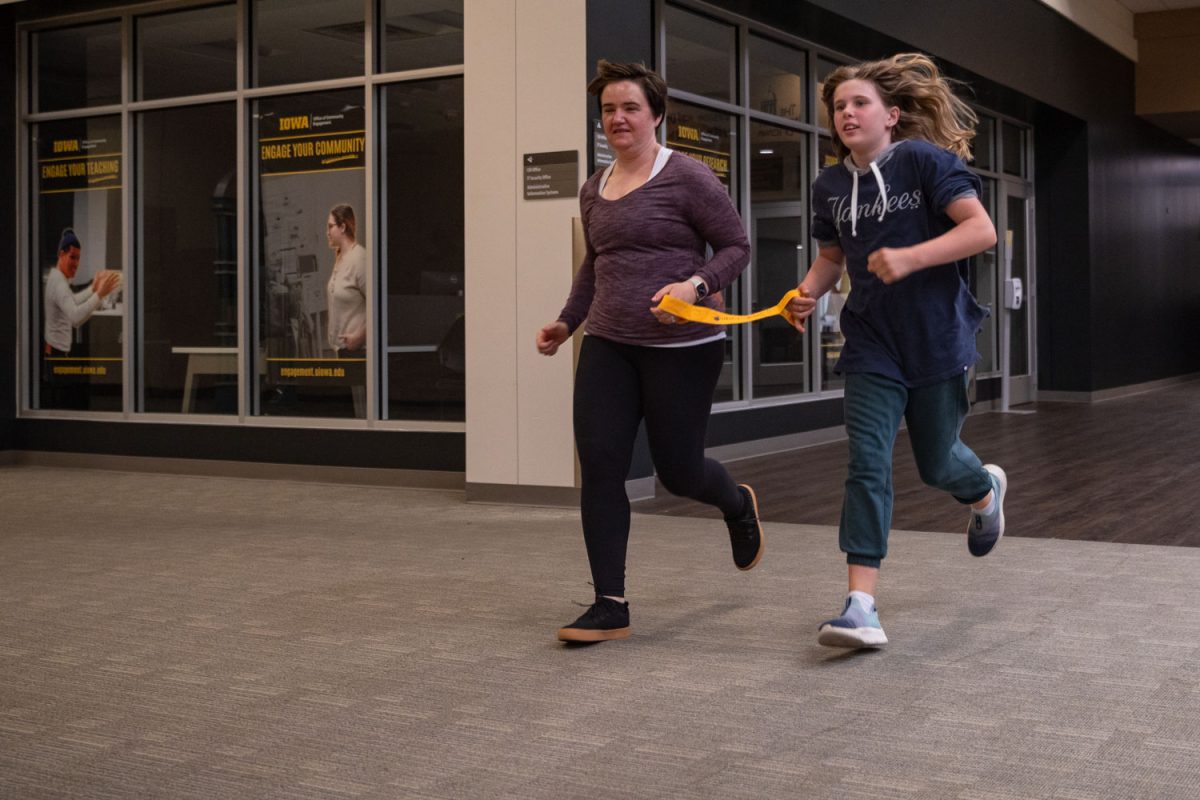The summer of 2024 will see the emergence of millions of periodic cicadas in Johnson County and trillions throughout the rest of the U.S., experts say.
Annual cicadas emerge exactly as described: yearly and typically during the summer. According to National Geographic, cicadas are distinct for their appearances and disappearances in forest ecosystems and especially for the recognizable clicking noises they emit.
However, some cicadas have life cycles that deviate from a typical annual timeline. Periodic cicadas emerge from the forest floor after a species-specific gestation period. Cicada gestation periods, or the several-year-long periods where cicadas grow into adults, are typically 13 years for the brood classified as Brood XIX and 17 years for Brood XIII.
This pattern results in a co-emergence that occurs every 221 years when Broods XIX and XIII leave their underground burrows at the same time, and trillions of cicadas appear in the U.S. at once. The last co-emergence of this scale was in 1803, as stated in the University of Connecticut article.
Despite how frightening the thought of trillions of insects emerging from underground burrows might sound, entomologists and experts such as Iowa State University Insect Diagnostician Zach Schumm are making efforts to ease any concerns that exist surrounding the emergence.
“You can pick them up, you can hold them,” Schumm said. “They don’t do anything.”
He said most cicadas will occupy riversides and wooded areas near creeks and waterways.
Schumm said Johnson County will mostly see Brood XIII with some potential for the broods to overlap. He said periodic cicadas like Brood XIII are no different from annual cicadas, only that they emerge at distinct periods.
Schumm said scientists believe the broods’ periodic nature is a result of evolution.
“If there are so many of them, predators will not be able to eat all of them,” Schumm said.
The adult cicadas that emerge will only be around for a couple of weeks, which Schumm said is a reason why people should try to see the broods during the brief window after the emergence.
Mark Vitosh, a district forester who oversees Johnson County with the Iowa Department of Natural Resources in association with the Iowa State Extension office, spoke about his firsthand experience with Brood XIX’s emergence.
Vitosh said a memorable part of the periodic emergence he saw 25 years ago was the amount of holes found on the forest floor directly after the insects emerged. The holes left by the emptied brooding nests are likely nature’s way of airing out the soil, Vitosh said.
The holes reduce compaction and aerate the soil before new eggs find their way underground, a process that lends itself to the environment’s cyclical nature, Vitosh said.
In his experience, Vitosh said the cicada clicking noise was the most remarkable, especially at midday when the outside temperatures were warm enough for the cicadas to be moving and interacting.
This signature cicada clicking is the insect’s mating call. Forests with a high concentration of cicadas will be quite noisy as a result, Vitosh said.
“Once they start to sing for mating, the noise is phenomenal,” Vitosh said.
Like Schumm, Vitosh emphasized how unique a periodic brood emergence is. Vitosh said in 1998 he traveled to Ledges State Park in Boone County, Iowa — located two and a half hours west of Iowa City — with his daughter to see the cicadas emerge and that these events left a lasting impression.
“My daughter is in her early 30s. When that Ledges brood was there, she was four or five. She still talks about it,” Vitosh said.
Frances Owen, an education specialist for the Johnson County Conservation Board, said her biggest concern was educating people about the emergence.
Despite the sheer amount of cicadas that will be present this summer, there will not be a significant amount of damage to ecological environments, Owen said. Any damage cicadas cause in an environment is short-lived.
Adults cicadas may lay eggs on thin tree branches, which can be encountered more frequently on younger trees. The slits made for the eggs can damage thin tree branches or even kill them, Owen said.
RELATED: Johnson County grant sprouts opportunity for small farmers
However, most trees survive this, but Owen and other experts frequently advise against planting new trees around the time of emergence. Additionally, Owen recommended putting netting around thin branches to protect them.
Owen said the extra biomass — which is organic matter that is fuel for plants and animals in an ecosystem — produced from the appearance of so many cicadas is beneficial to the environment, and that emergences are almost entirely positive in their impact.
One way Owen said she encourages people to interact with cicadas is via an app called Cicada Safari, which people can use to take and share pictures of cicadas, contributing to research and education on the insects.
“My focus is getting people excited for the emergence,” Owen said.














